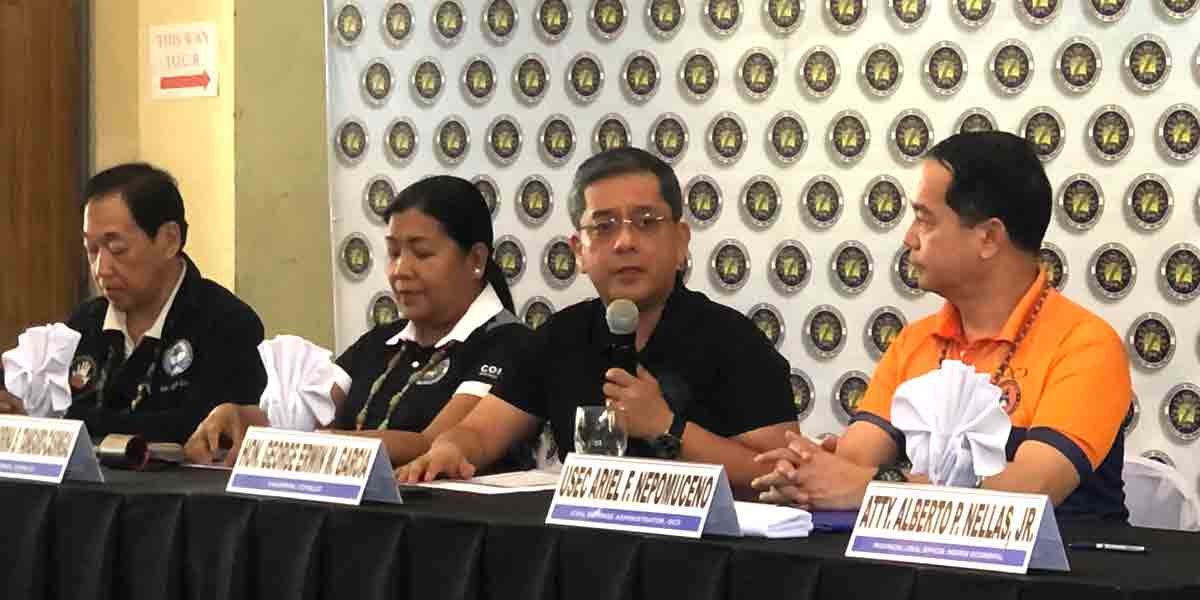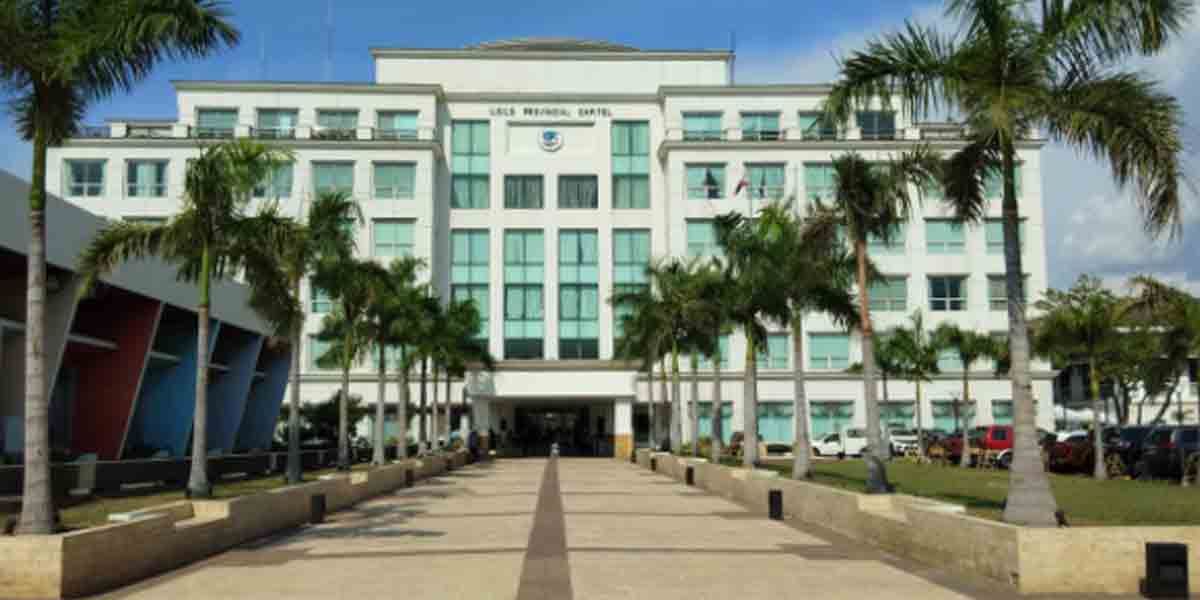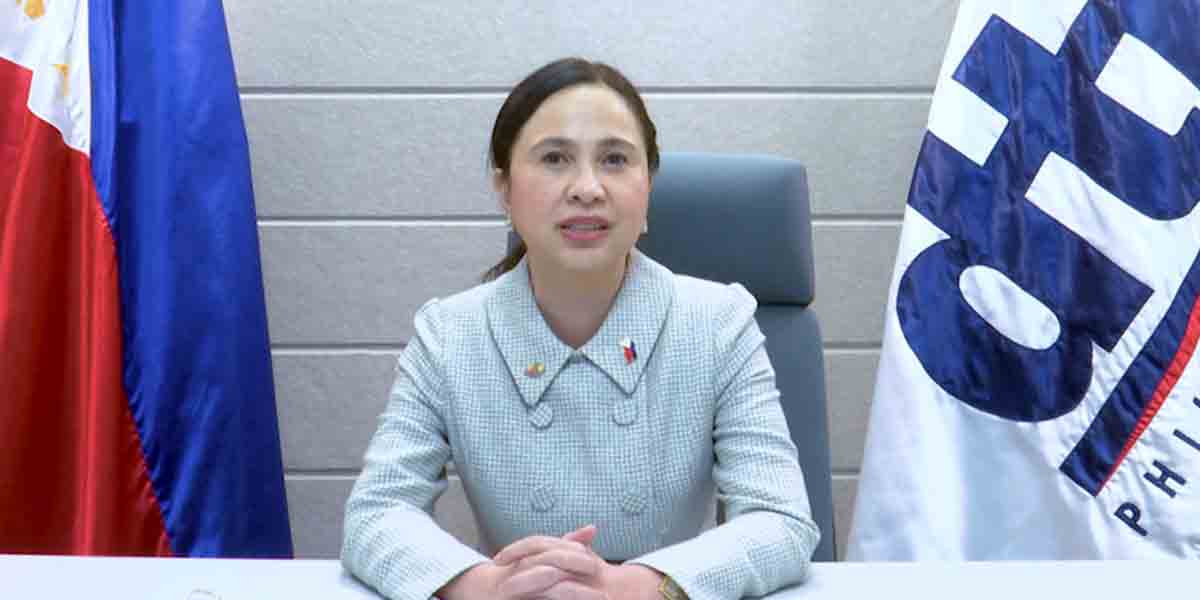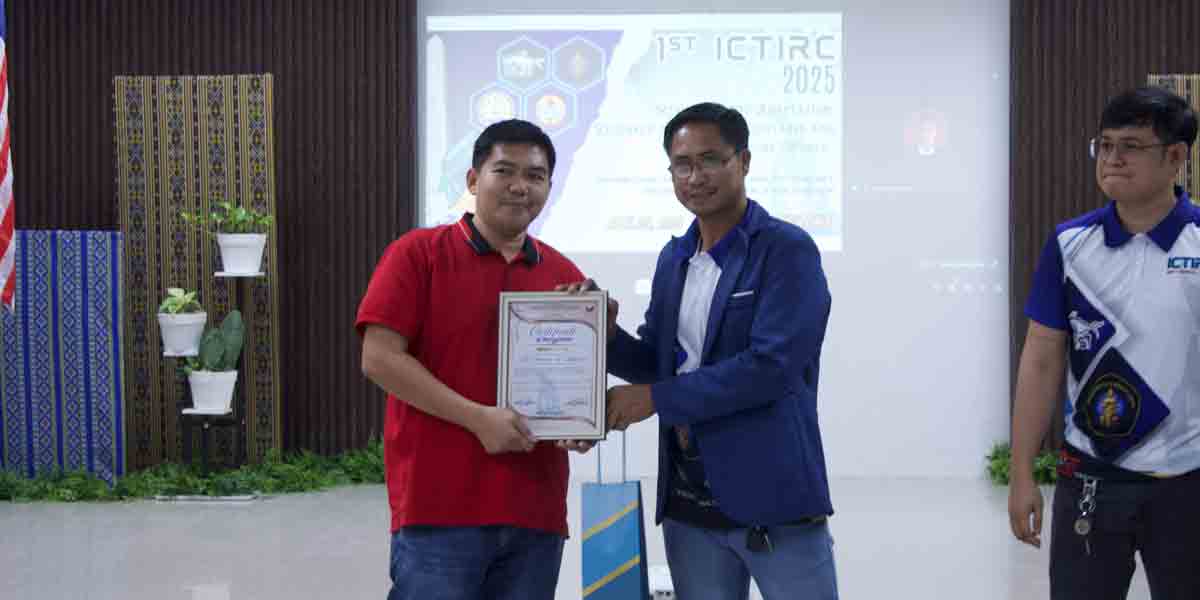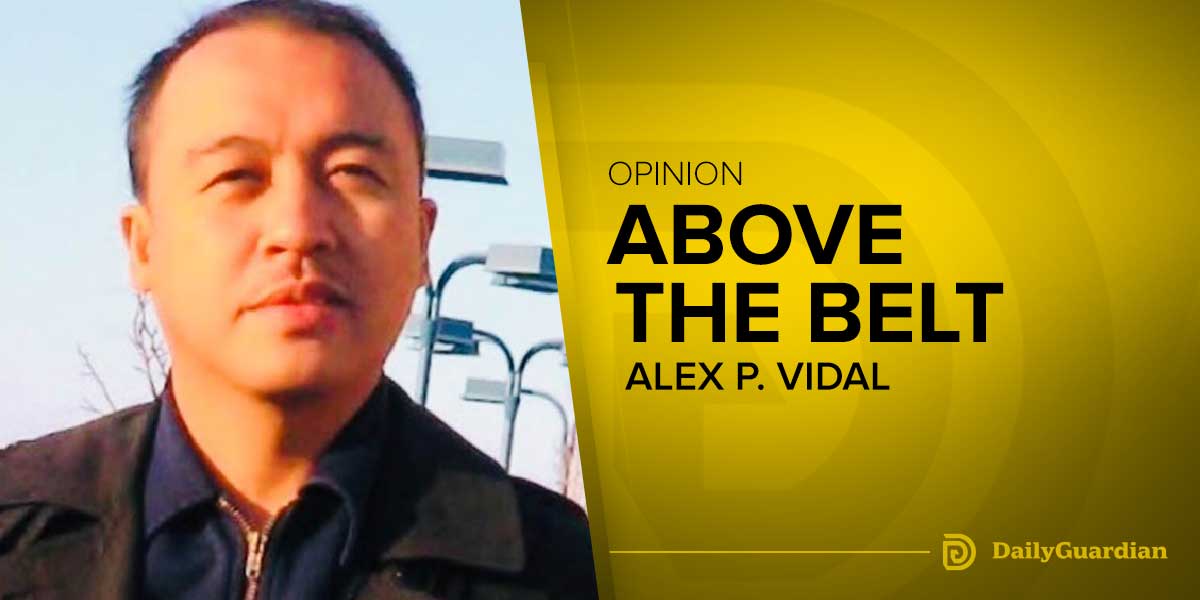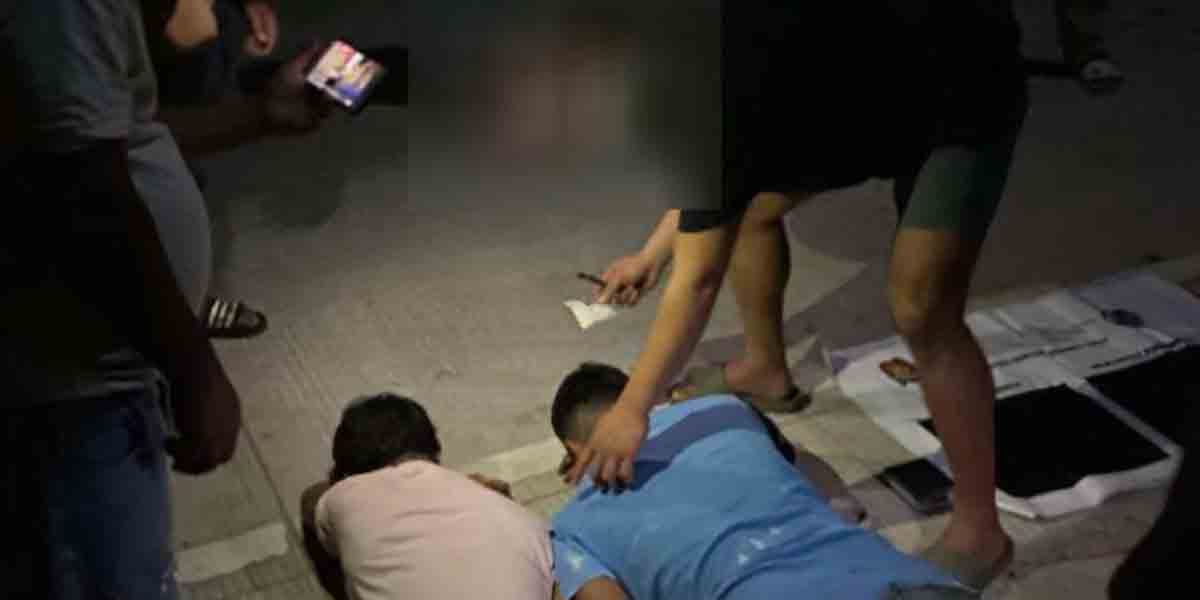 By Joshua Corcuera
By Joshua Corcuera
48 years ago, on this fateful day, former President Ferdinand Marcos announced a proclamation that would greatly change Philippine history — a proclamation placing the entire Philippines under martial law. With this, Marcos formally transitioned from a democratically-elected president to a dictator who ruled by decree. He would also perpetuate a series of events that would bitterly divide the nation, up to this day.
1081, the Communist insurgency, and the Enrile ambush
Proclamation 1081 effectively placed the entire Philippines under a state of martial law. The country would be under military rule until it was technically lifted in 1981, though Marcos continued to rule with immense powers until his ouster in 1986. The dictator cited two reasons for declaring martial law: first, the communist insurgency as the Communist Party of the Philippines and its armed faction, the New People’s Army (NPA) gain strength, and second, the alleged ambush of then-Defense Secretary Enrile’s convoy.
Though the threat of communism is lurking around the corner during that time as a result of the Cold War between the United States and the Soviet Union, martial law was an ineffective response to quell the rebellion. As a matter of fact, the NPA reached its peak during the late 70s and early 80s under the Marcosian rule. And we can see that the communist insurgency is still active up to this day, though to a lesser degree.
Meanwhile, Juan Ponce Enrile — defense secretary of Marcos prior to the declaration of martial law — was allegedly caught in an ambush in Wack-Wack subdivision on the night of September 22, 1972. Eventually, he would claim that it was staged when he turned against Marcos in the People Power Revolution. However, he said that he was indeed ambushed in a documentary aired last 2012. Whether true or not, one thing is certain: Marcos used it as an explanation to declare martial law.
The Marcos dictatorship’s ABC: Abusive, Brutal, Corrupt
At first glance, martial law would appear to be good as there seems to be calm and order in society. However, democracy suffered as a consequence due to the suspension of the 1973 elections where Marcos cannot run for president due to term limits. Moreover, legislative powers were transferred to the president as Marcos ordered the closure of Congress. Meanwhile, the judiciary is filled with Marcos appointees and the justices cannot do much in checking and balancing power. Furthermore, the fourth estate — the free, critical press — were closed by state forces as well. With this in mind, the apparent desire to stay in power for long revealed how abusive the regime has been.
When people continued with their lives during the time, the national situation, in brief, is that strict rules are in place to supposedly maintain social order. What was unknown to many at the time, however, is that political dissidents in the likes of Aquino, Diokno, and Tañada to name a few were oppressed, if not arbitrarily arrested. According to Amnesty International, the Marcos regime is responsible for more than 3,000 deaths, as well as at least 35,000 documented tortures and more than 70,000 incarcerations. Clearly, the regime was brutal against its staunchest critics.
And as the maxim goes, absolute power corrupts absolutely. With Marcos and his cronies staying too long in power while no one within the country checking at them, forms of corruption such as graft and plunder are prone. Based on Transparency International’s Global Corruption Report in 2004, Marcos was the second most corrupt leader in the world after Suharto of Indonesia as he allegedly embezzled between US$5 billion to US$10 billion. Beyond doubt, the Marcos dictatorship is also controversial for its issues of corruption.
Never forget and never repeat the horrors of the past
Ultimately, the people had enough. Sure, there had been some accomplishments such as infrastructure, but given how long Marcos has been in power as well as the debt his regime accumulated, it is not something extraordinary even when Marcos’ predecessors or successors failed to do as such. The founding father and three-decade-long Prime Minister of Singapore, Lee Kuan Yew described Filipinos to have a soft, forgiving culture due to how lenient we are to the Marcoses. To wit what Lee said: “It is a soft, forgiving culture. Only in the Philippines could a leader like Ferdinand Marcos, who pillaged his country for over 20 years, still be considered for a national burial.”
As Marcos was ousted from power in 1986, democracy was restored but flaws remained. For instance, political dynasties still preserve their influence all over the land, and corruption is still a major issue from Aquino to Duterte. And concerns on human rights violations, though to a lesser extent except during the Duterte administration, still exist in a post-Marcos Philippines. While the problems we constantly face such as poverty and inequality are also still afflicting millions to this day.
Yet, returning to Marcos-type rule would not solve the problems we face, it would merely exacerbate it. Even an iron-fist Lee Kuan Yew implied a criticism regarding the rampant corruption under Marcos as mentioned earlier. So as we face a new dawn, we must never forget that atrocities brought by the Marcos regime and never allow such a dark age to dominate Philippine skies again. After all, the Philippines does not belong to either Marcos or Aquino, neither is it red nor yellow, for it solely belongs to the Filipino people.


